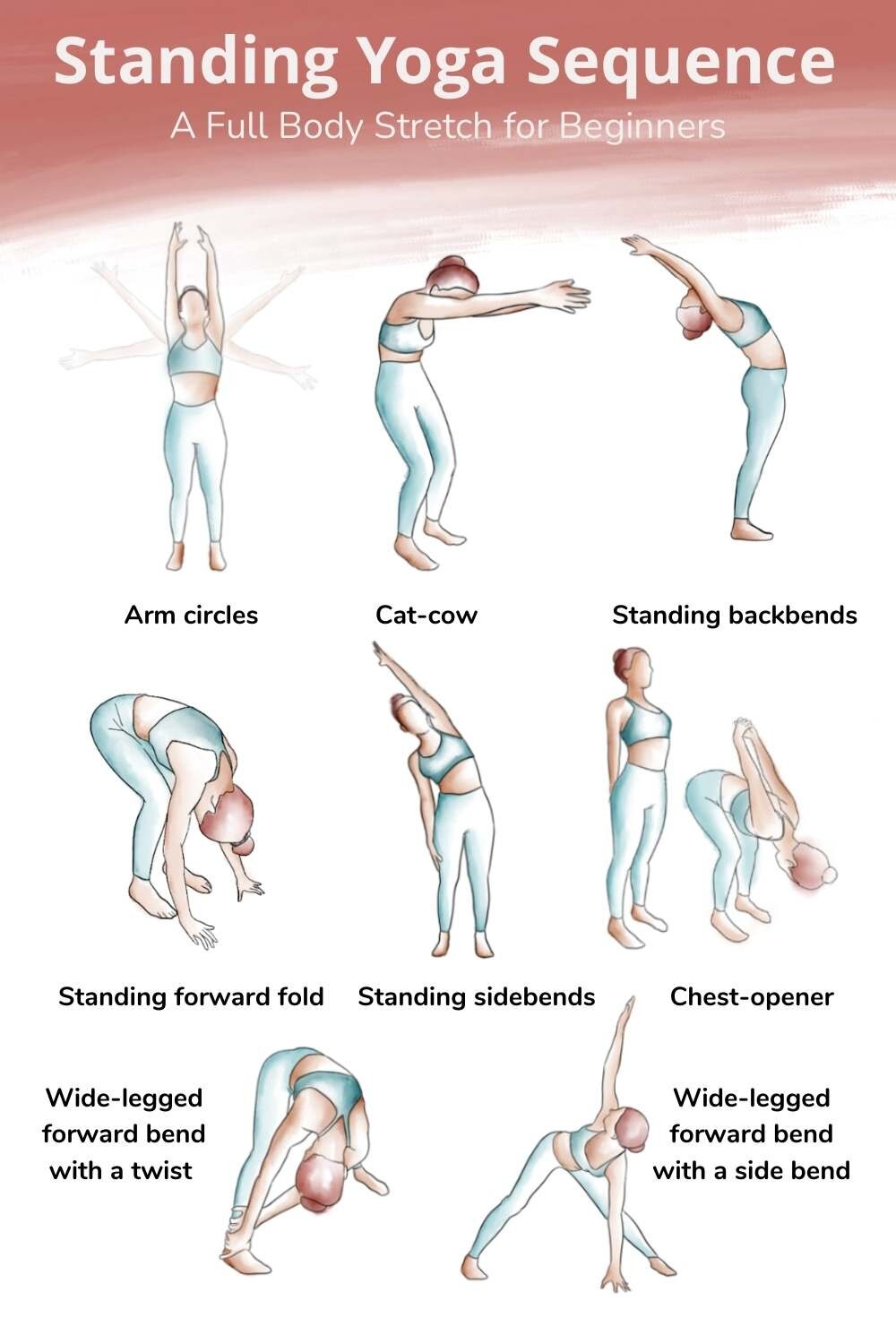79tka Insights
Your go-to source for the latest news and information.
Stretching Beyond Limits
Unlock your potential and discover powerful techniques to stretch beyond your limits—transform your life today!
The Science of Stretching: How It Benefits Your Body and Mind
Stretching is not just a mere enhancement to your fitness routine; it's a crucial component of overall health and wellness. The science of stretching demonstrates its multifaceted benefits for both the body and mind. Regular stretching can lead to improved flexibility, increased range of motion, and greater muscle coordination. Studies have shown that incorporating stretching into your regimen can significantly decrease the risk of injuries, relieve muscle tension, and improve circulation. For a detailed look at the physiological benefits, you can refer to this research on stretching and injury prevention.
Beyond physical benefits, stretching is also known for its positive impact on mental health. When you stretch, your body releases endorphins, which can enhance your mood and help relieve stress. Furthermore, stretching routines such as yoga or Pilates emphasize mindfulness, promoting a deep connection between your body and mind. This mind-body connection fosters relaxation and mental clarity, making it easier to cope with daily stressors. For further insights into how stretching affects mental health, check out this article on mental health benefits of stretching.

Top 10 Stretching Techniques to Enhance Flexibility and Performance
Improving flexibility is essential for athletes and fitness enthusiasts alike, as it not only enhances performance but also reduces the risk of injury. Here are the Top 10 Stretching Techniques to help you achieve optimal flexibility:
- Static Stretching: This involves holding a stretch for 15-60 seconds, which helps lengthen muscles gradually. Research shows that static stretching can improve your overall range of motion.
- Dynamic Stretching: A warm-up technique that includes controlled movements like leg swings and arm circles, promoting blood flow and enhancing flexibility. It is often recommended before workouts for maximum effectiveness.
- PNF Stretching: Proprioceptive Neuromuscular Facilitation is a partner-assisted stretching technique that improves flexibility through a cycle of contraction and relaxation. This method is particularly effective for athletes aiming to increase their muscle length.
Continuing with our list, the Top 10 Stretching Techniques also includes:
- Yoga: Incorporating various yoga poses into your routine can significantly enhance your flexibility while promoting relaxation and mindfulness. Poses like Downward Dog and Pigeon are especially beneficial.
- Foam Rolling: While not a traditional stretching technique, using a foam roller can help relieve muscle tightness and prepare your muscles for stretching.
- Assisted Stretching: This involves using tools like resistance bands or straps to help you achieve deeper, more effective stretches. As noted in this guide, it can boost flexibility remarkably.
- Ballistic Stretching: This technique uses momentum and bouncing movements to push muscles beyond their normal range. Caution is advised, as improper use can lead to injury.
- Active Stretching: Unlike static stretching, active stretching involves holding one position using only the strength of your muscles, which can enhance muscle control and flexibility.
- Lateral Stretching: This technique targets the side muscles, and is particularly beneficial for athletes involved in sports that require lateral movements.
Common Stretching Myths Debunked: What You Need to Know
Stretching is often surrounded by a cloud of misconceptions that can lead to improper practices. One common myth is that stretching before exercise is essential for preventing injuries. However, studies have shown that static stretching does not effectively prevent injuries and may, in fact, decrease performance in strength and power activities. Instead, a dynamic warm-up that includes dynamic stretching can better prepare your muscles for activity by enhancing blood flow and increasing range of motion.
Another prevalent myth is that stretching is only necessary for athletes. In reality, everyone can benefit from incorporating stretching into their routine, as it promotes flexibility, improved posture, and alleviates muscle tension. According to the Harvard Health Blog, regular stretching can help enhance mobility and overall physical performance, making it an essential aspect of fitness, regardless of skill level or activity type.